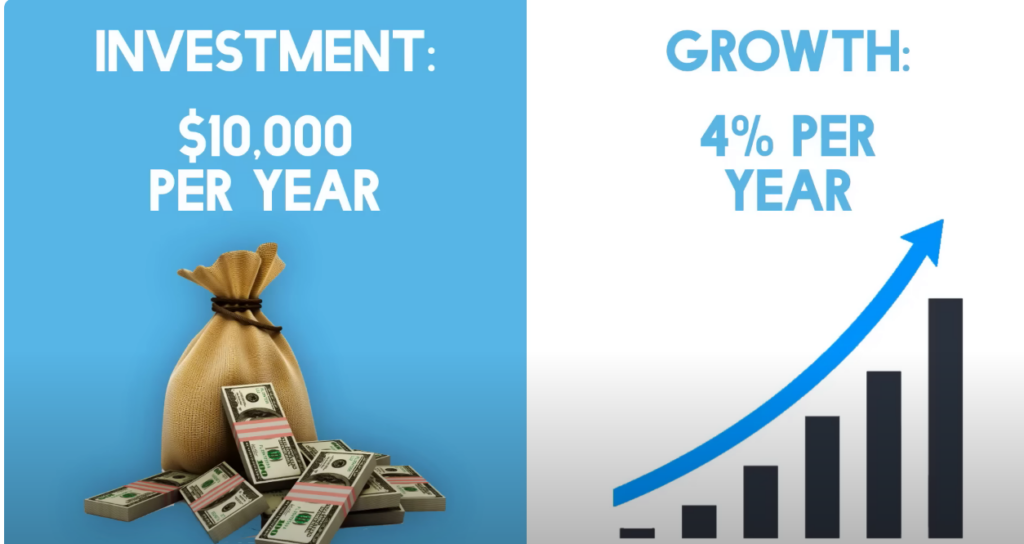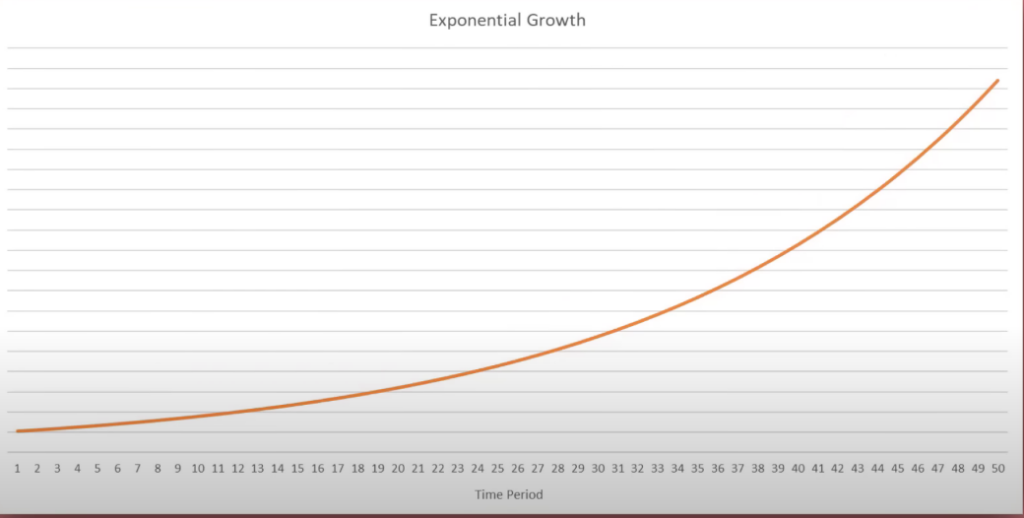
Table of Contents
- Introduction
- The Symbolism of the Lotus
- The Mud: Life’s Challenges
- The Lotus: Triumph Over Adversity
- Applying the Wisdom of “No Mud, No Lotus” in Everyday Life
- Conclusion
Introduction
The phrase “No mud, no lotus” is a profound piece of wisdom attributed to Thich Nhat Hanh, a Vietnamese Zen Buddhist monk and peace activist. At first glance, the quote may seem simple, but it holds a deep reservoir of meaning. The lotus flower, a symbol of purity and enlightenment in various cultures, grows in muddy waters yet rises above them to bloom. This blog aims to explore the rich symbolism and life lessons encapsulated in this powerful quote.
The Symbolism of the Lotus
The lotus flower is an extraordinary plant. It roots itself in muddy riverbeds and yet produces a beautiful flower that floats on the water’s surface. Despite its murky beginnings, the lotus remains untouched by the mud, symbolizing purity and spiritual elevation. In Hinduism, Buddhism, and other spiritual traditions, the lotus often represents enlightenment, rebirth, and innate beauty.
The Mud: Life’s Challenges
The “mud” in the quote symbolizes the hardships, challenges, and obstacles we all face in life. Whether it’s a difficult work situation, a strained relationship, or personal struggles, we all have our share of muddy waters to navigate. These challenges, however uncomfortable, are essential for our growth and transformation. They are the raw materials that contribute to our personal and spiritual development.
The Lotus: Triumph Over Adversity
The “lotus” represents the beauty, wisdom, and enlightenment that we can achieve when we rise above our challenges. Just as the lotus flower rises above the mud to bloom, we too can elevate ourselves above adversity. History is replete with examples of individuals who have faced immense challenges and emerged stronger, wiser, and more compassionate. From Nelson Mandela’s resilience against apartheid to Malala Yousafzai’s fight for education, the human spirit’s ability to triumph over adversity is awe-inspiring.
Applying the Wisdom of “No Mud, No Lotus” in Everyday Life
So how can we apply this wisdom in our daily lives? Here are some practical tips:
- Embrace Challenges: Instead of avoiding difficulties, face them head-on. They are opportunities for growth.
- Practice Mindfulness: Thich Nhat Hanh advocates mindfulness as a way to deal with life’s challenges. Being present and fully engaging with the moment can help you navigate through the mud of life.
- Seek Support: Sometimes the mud can be too thick to navigate alone. Don’t hesitate to seek the support of friends, family, or professionals.
Conclusion
The wisdom encapsulated in the phrase “No mud, no lotus” serves as a powerful reminder that challenges are not just obstacles but opportunities for growth and transformation. By facing our difficulties head-on and navigating through them, we can achieve a higher state of understanding, compassion, and wisdom. So the next time you find yourself stuck in the “mud,” remember that it’s an essential part of your journey toward becoming a “lotus.”








